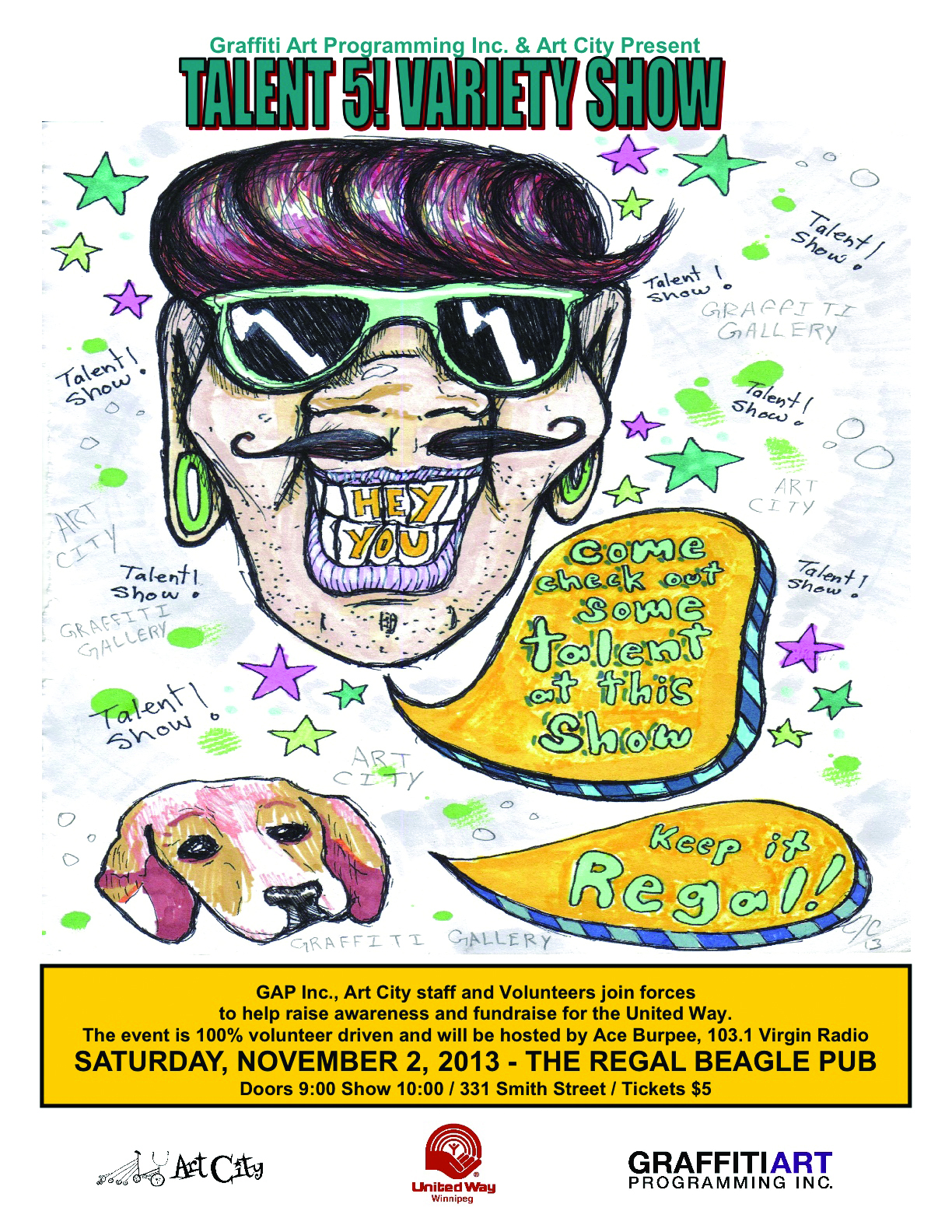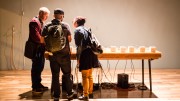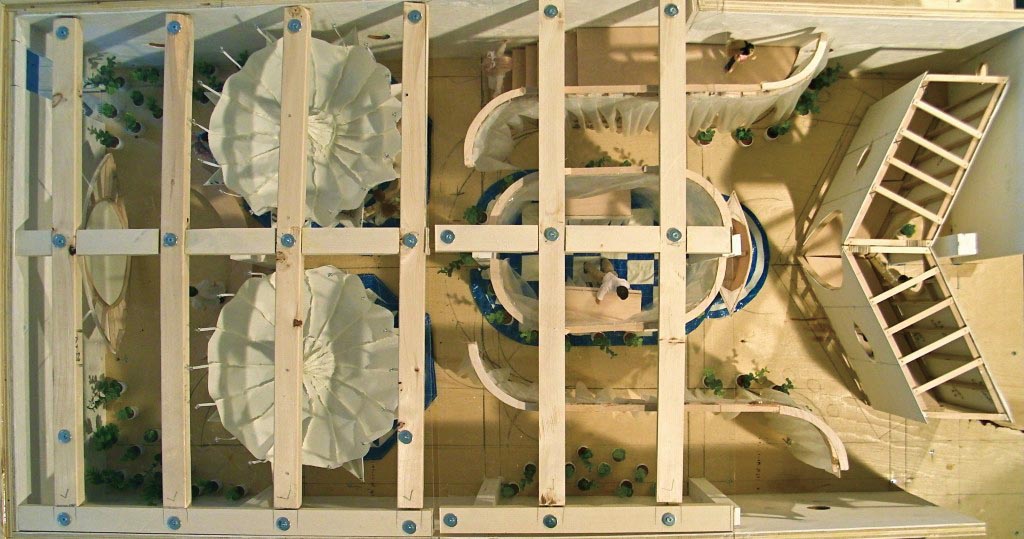Cre8ery’s latest exhibit, Tribology by Helene Girard, amalgamates medical terminology and visual art to create a showing concentrated on the effects of interactive movement through textures.
Girard associates the language of medicine in the titles of the pieces with complex shapes and textures on the canvas. What originally appears complicated is simplified through geometric shapes and pharmaceutical definitions.
In addition to creative medical titles, the pieces within the exhibit are drawn together by their representation of the artist.
“I wanted every part of me in my paintings and I think that they should represent me as an individual. Each and every one of us is unique and special and what I find striking for me as an individual is the circumstances of how I was born,” said Girard.
“I am very lucky to be here being born on the ambulance at three pounds and a few ounces with the help of a nurse without a doctor. This is why all my titles are based on medical terminology. I paint representing my version of medical terms.”
With titles ranging from relatively well-known terms, such as “claustrophobia,” to lesser-known medical terminology, such as “bimalleolar fracture,” each piece becomes contextualized in light of the medical terminology.
For those of us not as well-versed in the language of medicine, each viewer is provided a brochure filled with definition of the terminology to accompany the exhibit.
Inspired by artists such as Jean-Paul Riopelle, Jackson Pollock, and Pablo Picasso, Girard aims to provide each viewer with a subjective perception of her paintings.
“Little pieces of my life are reflected in my paintings and I hope to do the same for every individual looking at them.”
By infusing the artwork with her identity and emotions, Girard gives room for viewers to attribute their own meanings to the works, resulting in a more interactive exhibit than pieces oriented towards the more realistic side of the artistic spectrum.
“Although my representation might have succumbed to a surrealistic approach in some cases, I am quite inspired with it and really enjoy breaking it down into phonetics.”
Evolving from working with pen and ink, to portraiture, to creating menus and programs, to her own exhibits, art is in Girard’s blood.
“I have always been an artist as far as I can remember. The first prize for art was in Grade 3 where I coloured Little Bo Peep with her sheep [ . . . ] My art studies were in Montreal. I started with window display—which I did not really enjoy much—then graphic art, and finally general art touching absolutely everything. This is where I felt home.”






What does this have to do with TRIBOLOGY? Can we see at least one example of how a medical term is connected to TRIBOLOGY through this art?